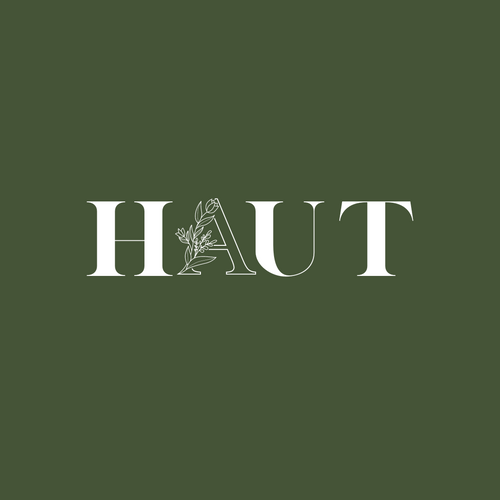Faux Flowers - A History
Whilst artificial botanicals are nothing new, with basic examples found in archeological excavations in Rome, Greece and China dating back thousands of years . The growth of artificial flowers didn’t really occur until the 12th century, when Italian silkworm farmers came to perfect their collecting technique, leading to the rapid growth and use of silk in multiple production uses, including that of silk flowers. This spread across Europe, where the French found ways to adapt and hone the craft of flower making, leading to more realistic looking artificial flowers being produced.
The Victorian era further saw the adaption of artificial foliage, with new and readily available materials meaning flowers were no longer limited to just silk. This led to heightened popularity for artificial flowers made out of an array of materials i.e. nylon, cotton, etc. More recently the movement has continued towards Polyester based flowers, largely popularised in the 1970’s, the trend has steadily continued, increasing demand across Europe, Asia and Australia, from a wider consumer market wanting increasing access to permanent botanicals.
On the other hand florist flowers, or ‘real’ flowers, have seen consistent levels of popularity which remain relatively stable in most developed countries. Big brand names such as Interflora, Serenata Flowers, Prestige Flowers are regular staples on popular search engines. However, is this more of a reflection on the reputation of artificial flowers as gifts rather than what consumers want for themselves? Or is this simply a case of consumers following suit rather than exploring the artificial alternatives out there?
Real v Fake
When researching the UK market, there were a few enlightening factors highlighted by marketing research. Google Analytics demonstrated that a search for keywords such as ‘florist flowers’ or ‘online flowers’ does indeed show a constant popularity in search engine hits, with peaks and troughs accounting for key events on the floral calendar i.e. Valentines Day, Mother’s Day, etc. It was when the key words ‘artificial flowers’ were entered, that a direct comparison could draw only one conclusion, the key words ‘artificial flowers’ were more regularly searched and therefore more popular over a twelve month period, (July 2019 to July 2020), than ‘florist flowers’, with only one real exception around Mother’s Day 2020.
An Artificial Future?
Whilst the recent impact of Covid-19 has undoubtedly had an unprecedented impact on the floral industry, both botanical and artificial, it is clear that going forwards consumers will be ever-increasingly seeking value for money. Whilst real flowers offer beauty, scent and touch, they also unfortunately offer cost with limited lifespan. And with the increasing consumer base demanding more for their money the movement towards artificial flowers, in the UK at least, looks set to continue to rise.



